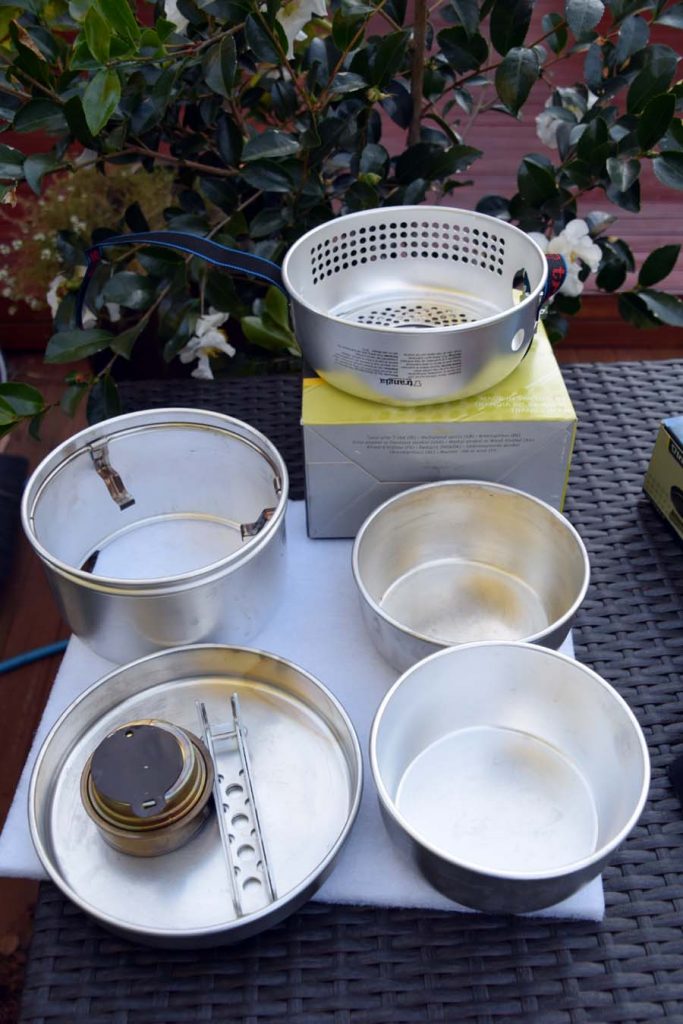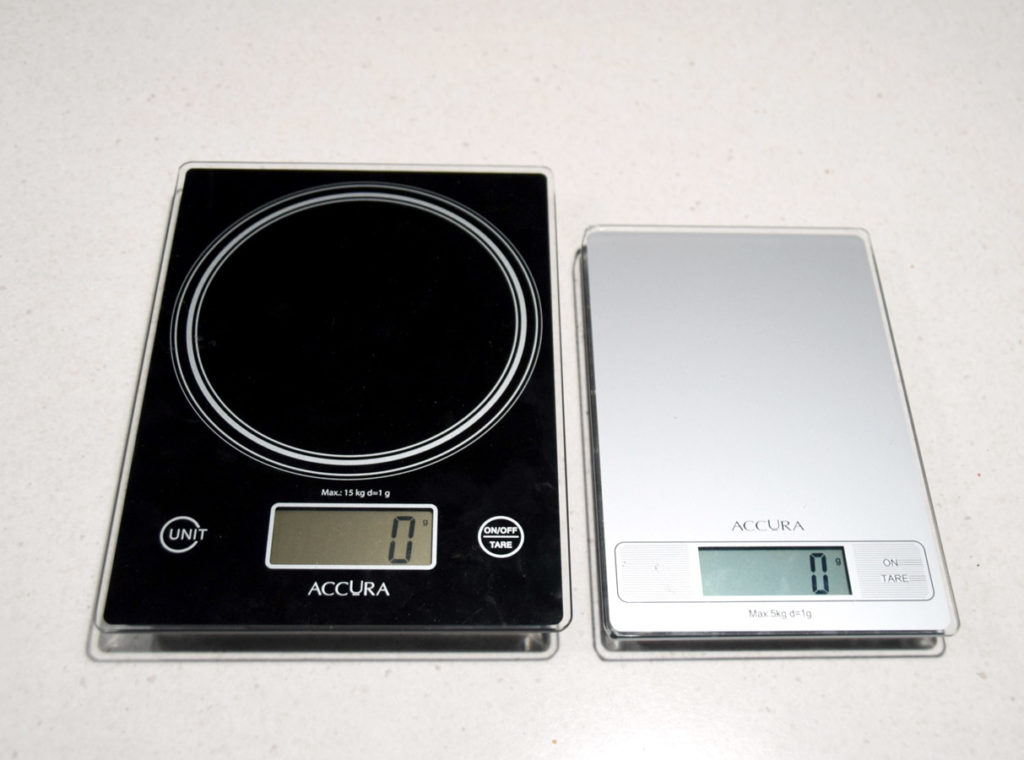Journey towards ultralight: an update
The journey continues!
In November of 2016 when we launched the Australian hiker blog and podcast one of the first articles I wrote was a Journey toward ultralight along with the release of the podcast episode of the same name. This article and podcast discussed the concepts behind ultralight hiking and my reasoning for trying to lighten my load as much as I can and become an ultralight hiker. In this update we revisit this journey to see how my goal of reducing weight has gone and whether my view of ultralight hiking is still the same.
A bit of background
For those not familiar with the concept of ultralight hiking lets provide a bit of a recap. The aim of ultralight hiking is to minimise the weight you carry on a hike to reduce the stress on your body and increase your enjoyment. It can allow you to walk for longer and/or travel farther if that’s your aim. There are a number of key principles associated with ultralight hiking (for more detail read Journey toward ultralight) but the term you will most often come across is ‘base weight’. Base weight is the weight of your pack minus food and water (consumables) and categorised into three levels:
- Lightweight: Base weight of 9kg (20lbs) or less
- Ultralight (UL): Base weight of 4.5kg (10lbs) or less
- Super ultralight (SUL): Base weight of 2.3kg or less
I originally discovered ultralight hiking about 10 years ago when I was seriously considering hiking the Pacific Crest Trail in the USA. I became immersed in the blogs, podcasts and magazines that provided factual information and showcased this trail and including the concept of ultralight hiking.
The event that finally pushed me in this direction was a fairly arduous three day hike in 2014 in the wilderness area on the edge of Canberra with a 19.5kg pack that really made me question what I was doing. So began my goal of becoming an ultralight hiker. So how have I gone in achieving this goal? For me this really has been a journey. And one that continues. Since 2016 I have changed the way that I view my gear and when it comes time for new gear I have a very considered approach to my purchases.
Step 1- Do I really need to carry it?
This was my first step. I looked at every piece of equipment I owned and what I carried and unsurprisingly I was carrying a lot of equipment that I never used. I used to carry a full pot set ‘just in case’ but typically only used one pot at a time. I’d also carry two changes of clothing for longer trips.
- I now carry what I need but nothing for ‘just in case’ moments (with the exception of my first aid kit)
- Two pairs of socks, one on, one spare
- Two pairs of underpants, one on one spare (being washed)

My original camp cookware a Trangia Storm Cooker 27-1 . I only take what I need and these days I had moved to a smaller cook system with just one pot
Step 2- Carry the lightest equipment available
This was the next step. Replacing perfectly good hiking equipment is hard when what you already own works well but just happens to be a bit heavy. I have been progressively replacing my equipment. I now own multiple pieces of equipment and will change out my gear depending on the type of hiking I’m doing.
- On single overnight hikes I use an ultralightweight hexamine stove and pot
- On overnight hikes where I won’t be night hiking, I carry an ultralight headlight
- I’m a warm sleeper so I use an ultralight sleeping bag that matches the temperatures I sleep in rather than carrying a -6 degree Celsius bag that makes me hot

I now have to sets of scales just to confirm that the measurements are accurate. wouldn’t want to be a gram out would I!

I have since added a third set of scales that measures the really fine stuff
Step 3- Can I multipurpose it?
I no longer carry certain pieces of equipment when I hike. The most obvious examples are:
- My clothing bag has now become my pillow
- I no longer use a winter hat but use buffs year round in different configurations. I will always carry two buffs
So, based on all of the above, have I now reached ultralight status? The straight answer is no, not yet. Based on the above definitions I am now a lightweight hiker (with a caveat) with by base weight just under 7.99kg or if I’m carrying my podcasting equipment 9.135kg. This base weight consists of gear that will keep me safe and comfortable in a range of conditions from -7 to 30+ degrees Celsius over multiple days.
While I still have weight to shave and will continue to drop pack weight over the next 12-18 months, I don’t know if I will ever get to that magic number of 4.5kg and to be honest I’m not sure if that’s what I want.
I have specifically chosen much of my gear because it’s the lightest available that I can find. I have also chosen some of my gear for being what it does with weight being a secondary consideration. An example of this is my Garmin GPSMAP 66i Handheld Hiking GPS & Satellite Communicator at 230 grams. This weight is still lighter than a seperate GPS and PLB combined but I could have gone for the Garmin mini instead and saved an additional 130grams. But for what I use my GPS for, I wanted a seperate device that could connect to my phone and also be run independently for the majority of the time, thereby minimising my substantial power consumption due to podcasting and blogging. This is just one example of gear that I opted for the heavier option.
One term I haven’t discussed yet is ‘SUL’ and I don’t mean Super Ultralight. SUL also stands for Stupid Ultralight and while this term has been around for a number of years it was one that I only came across recently. Stupid Ultra Light is a concept whereby you become so focused on carrying the minimal amount of weight that you sacrifice comfort and even safety by carrying less than you should for the conditions you are going to hike. There is absolutely nothing wrong with reducing your pack weight as much as possible and I recommend this should be a goal to which everyone aspires to increase enjoyment.
What you shouldn’t do is remove things you should be carrying. As an example here I have been known to solo hike in snake infested wilderness areas where there is no one else within 30km and no phone signal. Carrying an emergency beacon in this situation is a necessity and not a luxury so while I could save 230grams in this circumstance it’s not good practice, in fact its unsafe and potentially puts others at risk.

My spare clothing bag has now become my pillow. I tuck it into my sleeping bag hood so it follows me and doesn’t slip off the sleeping mat
Last words
I also encourage everyone whether they aspire to be an ultralight hiker or not to look at what they are carrying. I will continue to trim weight over the coming few years. I’m not fussed whether I ever reach ultralight status or not I just wanted to carry as little weight as I possibly can. I still intend in doing what I’m doing until I can physically no longer can and this means I need to reduce the stress on my body. So my journey continues!